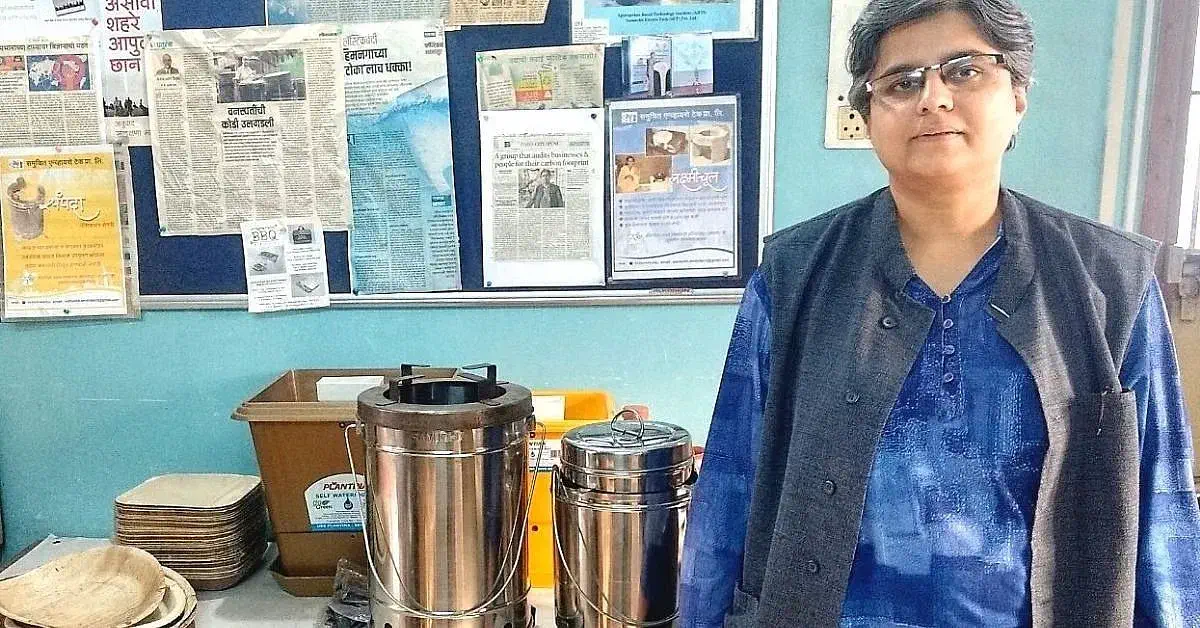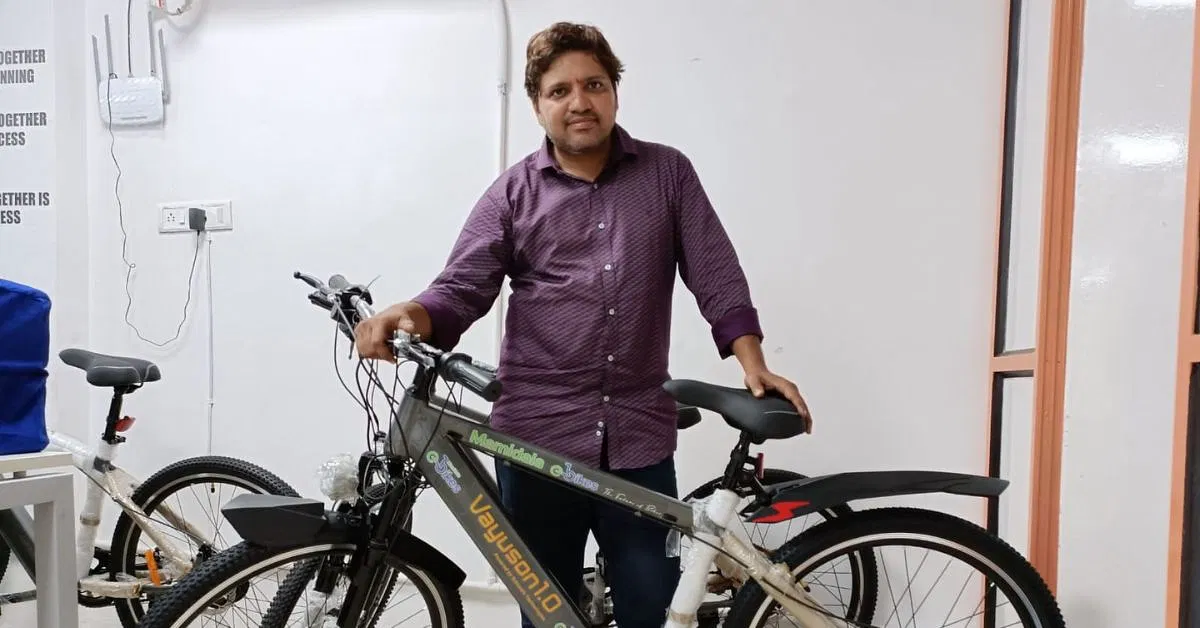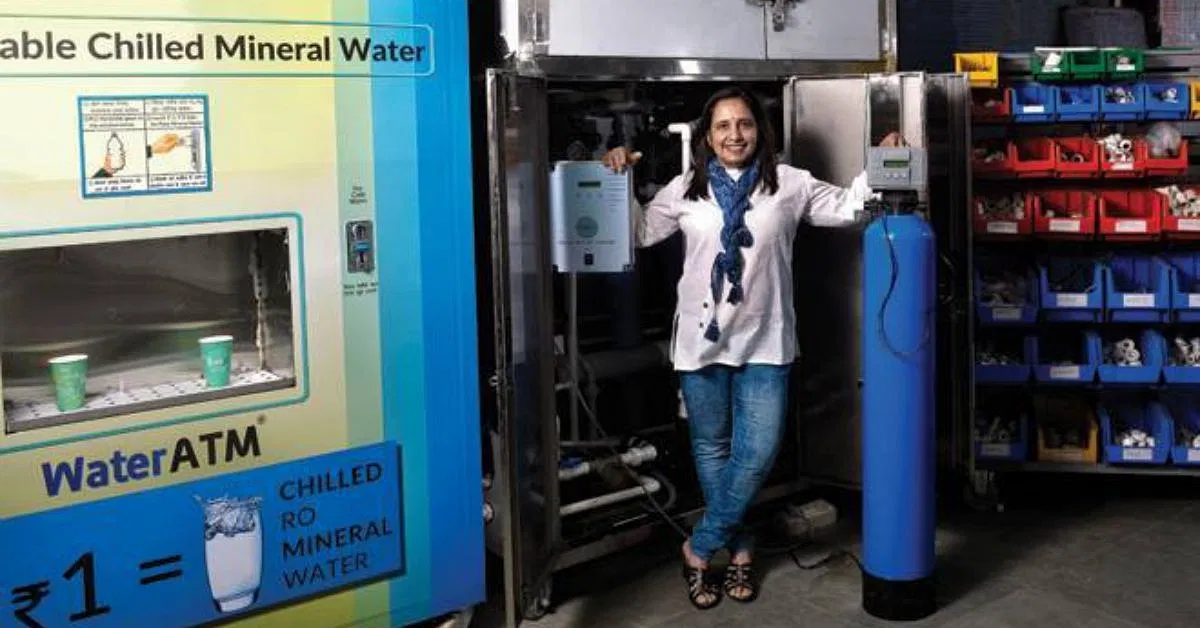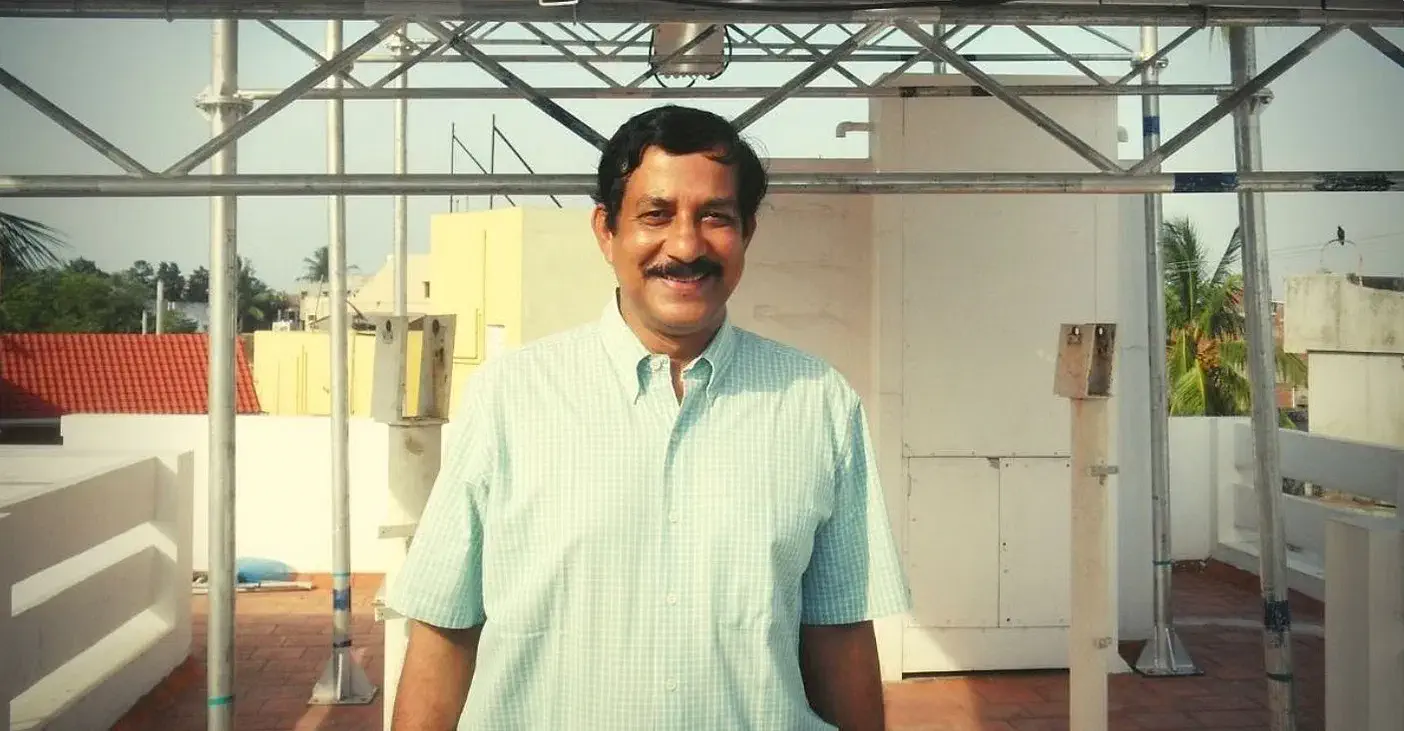
This article is created by The Better India and sponsored by WingifyEarth
Aurangabad duo Namita Kapale and Kalyani Bharmbe built an eco-friendly mud home with walls made of thousands of plastic bottles that would have otherwise ended up in landfills. They explain how their creation is sustainable in all forms.
India produces 3.5 million tonnes of plastic annually, and the COVID-19 pandemic has only led to a surge in plastic production from FMCG markets, e-commerce, and food-delivery services. Most of the uncollected plastic waste is dumped in landfills, clogging water bodies and polluting streets.
But a duo from Aurangabad has found a noteworthy use for the excess plastic waste. Friends Namita Kapale and Kalyani Bharmbe have built an eco-friendly house using 16,000 plastic water bottles.
Constructed in Sambhaji Nagar near Daulatabad, the house is situated on a field of nearly 4,000 square feet. Interestingly, the duo used cow dung, soil, plastic bottles, and 12-13 tonnes of non-recyclable plastic to construct the eco-friendly house.
In conversation with The Better India, they explain what inspired this feat.

Friends Namita Kapale and Kalyani Bharmbe have built an eco-friendly house using 16,000 plastic water bottles.
Eco-bricks from plastic
In 2020, Namita and Kalyani completed their graduation in Fine Arts from the Government College of Art and Design at Aurangabad. Their quest to build an eco-friendly house started during the COVID-19 lockdown in 2021, when they came across an activity implemented by Akshar School in Pamohi village of Guwahati, Assam. The school had filled empty plastic bottles with cement to make student seats.
“We came across a video by Akshar School and got the idea to create a house out of plastic bottles,” 23-year-old Namita recalls, adding that they started collecting plastic bottles lying on the streets, as well as from garbage collectors, hotels, and grocery shops.
Although there was a lot of opposition from home to their decision, the girls wanted to do something different and remained determined in their work. “Our families questioned us about our decision to collect kachra (waste) instead of focusing on studies. Many people even labelled us bhangar wali, plastic wali, bottle wali (junk dealers),” recalls Namita.
“But as soon as our work started getting recognition, we started getting respect. Our parents also understood that our pagalpan (craziness) results in good outcomes,” she adds.

The bricks made of plastic bottles were stacked on top of each other, and the wall was plastered with a mixture of soil and dung.
How to make an eco-brick house
The duo collected around 16,000 plastic waste bottles in total. They also decided to use mud instead of cement, and made eco-bricks using soil, bamboo, and non-biodegradable plastic waste, as well as different types of plastic bricks from plastic bottles. Of all the plastic bottles collected, they filled 10,000 bottles with multi-layer plastic and the remaining 6,000 with soil. The plastic bottles were stuffed into plastic bags, the excess air was removed, and the bottle was packed.
The quality of these plastic bottles was checked by civil lab engineers at the Government Engineering College, Aurangabad, says Namita. Later in July 2021, a trial was conducted to test the eco-brick wall.
“For this, we constructed a 6*4 feet wall using eco-bricks. Initially, our attempts failed. Our wall collapsed 2-3 times,” she says, explaining how the eco-bricks made using plastic and soil could not hold water like normal bricks. Moreover, the plastic bricks would often be washed away with the soil.

The house is situated on a field of nearly 4,000 square feet.
To tackle these issues, the girls identified locally available Poyta soil, which is sticky in comparison to the porous black soil. After much trial and error, they started constructing their eco-friendly house.
The bricks made of plastic bottles were stacked on top of each other, and the wall was plastered with a mixture of soil and dung. Meanwhile, the roof was built using bamboo and wood, and the doors and windows using wood. The girls took the help of the internet whenever they encountered issues in their experiment.
With the help of 15 women daily wage workers, the duo took around 10 months to complete the house. Their eco-friendly house comprises two square-shaped rooms which are partially open, and one round hut. It does not require air conditioners in summer or heaters in winter. “This is a specialty of mud houses,” says Namita. As of now, a restaurant is being run in the house.
Compared to cement houses, which cost Rs 1,300 per sq ft in construction, as per Namita, these mud and plastic houses cost Rs 700 per sq ft in construction – that’s half the amount.

Their eco-friendly house comprises two square-shaped rooms which are partially open, and one round hut.
Namita and Kalyani spent nearly Rs 7 lakh from their savings on the entire construction of the eco-friendly house. Their families also financially supported them. The duo has named their eco-friendly house Wawar, which means a farm or an open space that people often visit. They estimate that this new concept will last for at least ten years.
“Generally, mud houses last about these many years. We estimate that our house can last up to 10-15 years if we do regular maintenance by plastering and whitewashing using cow dung and soil mixture,” she informs.
Since the construction, the girls have welcomed many visitors who have appreciated their innovation and artistry. They also received recognition for their work from former environment minister Aditya Thackeray, who visited the house and lauded their efforts, noting that their work is worth replicating.
The girls have also constructed a similar setup in the city. Now, they are planning to scale the work. “We are researching how to use plastic bottles in roadside compounds, dividers, and how to make multi-storey houses,” concludes Namita.






Leave A Comment
Your email address will not be published. Required fields are marked.